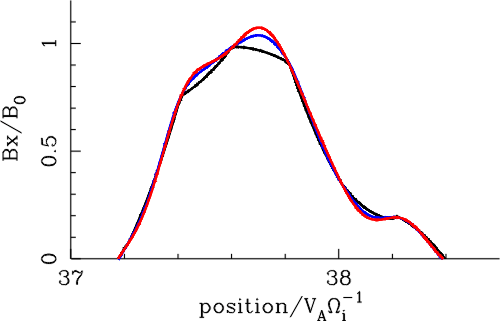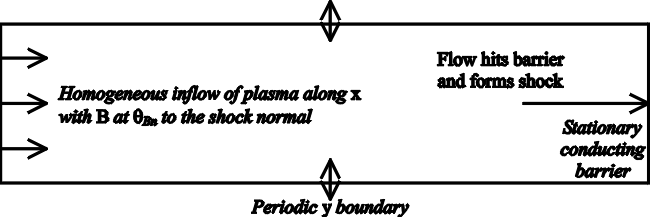
| (3.1) |
| (3.2) |
| (3.3) |
| (3.4) |
| (3.5) |
| (3.6) |
| (3.7) |
| (3.8) |
| (3.9) |
| (3.10) |
| (3.11) |
| (3.12) |
| (3.13) |

| (3.14) |
| (3.15) |
| (3.16) |
| (3.17) |
| (3.18) |
| (3.19) |
| (3.20) |
| (3.21) |
| (3.22) |
| (3.23) |
| (3.24) |
| (3.25) |
| (3.26) |
| (3.27) |
| (3.28) |
| (3.29) |
| (3.30) |
| (3.31) |
| (3.32) |
| (3.33) |
| (3.34) |
| (3.35) |
| (3.36) |
| (3.37) |
| (3.38) |
| (3.39) |
| (3.40) |
| (3.41) |
| (3.42) |
| (3.43) |
| (3.44) |
| (3.45) |
| (3.46) |
| (3.47) |
| (3.48) |
| (3.49) |
| (3.50) |
| (3.51) |
| (3.52) |
| (3.53) |
| (3.54) |
| (3.55) |
| (3.56) |
| (3.57) |
| (3.58) |
| (3.59) |
| (3.60) |
| (3.61) |
| (3.62) |
| (3.63) |
| (3.64) |
| (3.65) |
| (3.66) |
| (3.67) |
| (3.68) |
| (3.69) |
| (3.70) |
| (3.71) |
| (3.72) |
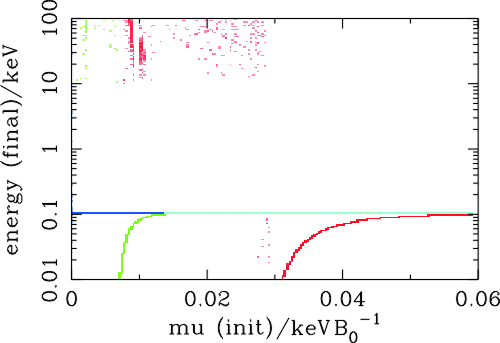
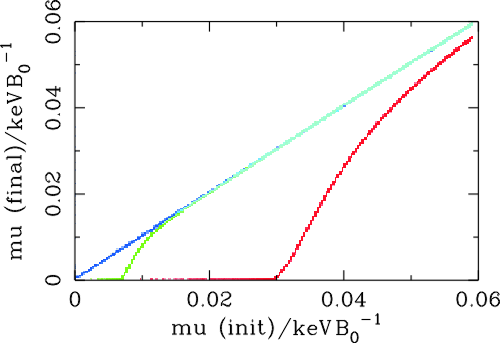
| (3.73) |
| (3.74) |
| (3.75) |
| (3.76) |
| (3.77) |
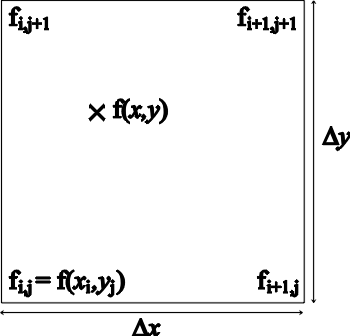
| (3.78) |
| (3.79) |
| (3.80) |
| (3.81) |
| (3.82) |
| (3.83) |
| (3.84) |
